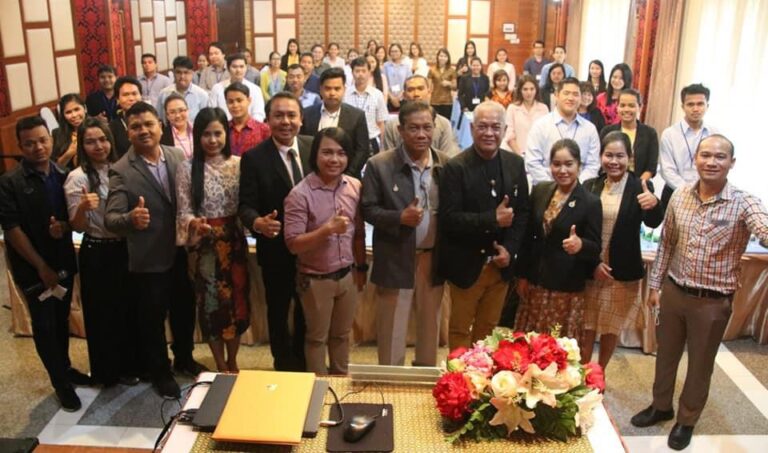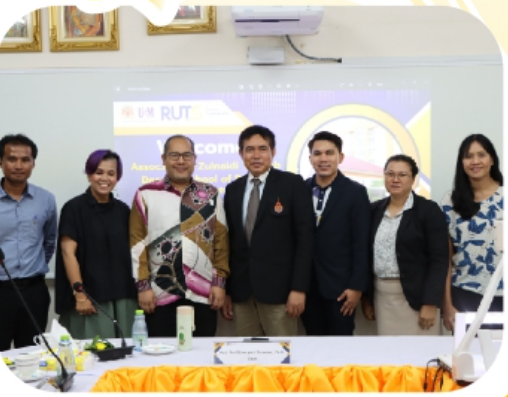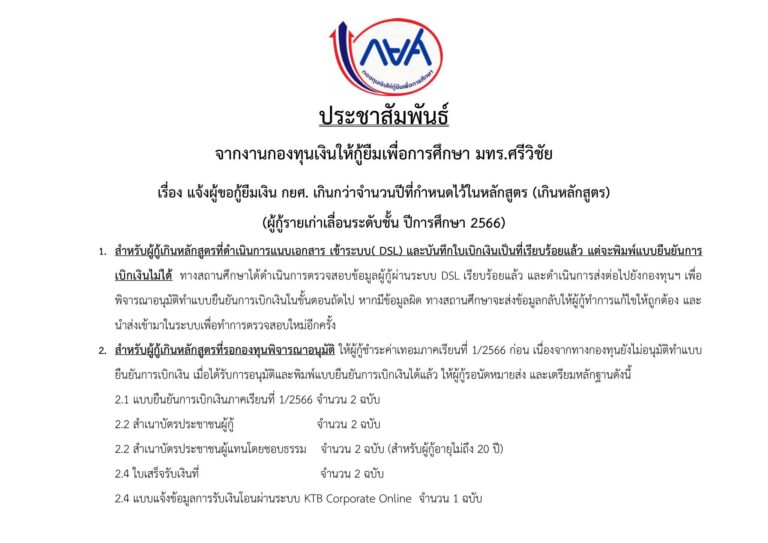Reporters: Dr. Chanyut Sudtongkong, Miss. Kanokwan Juhong
Indicator : 14.5.4
Date : November 22, 2022
Related SDGs:
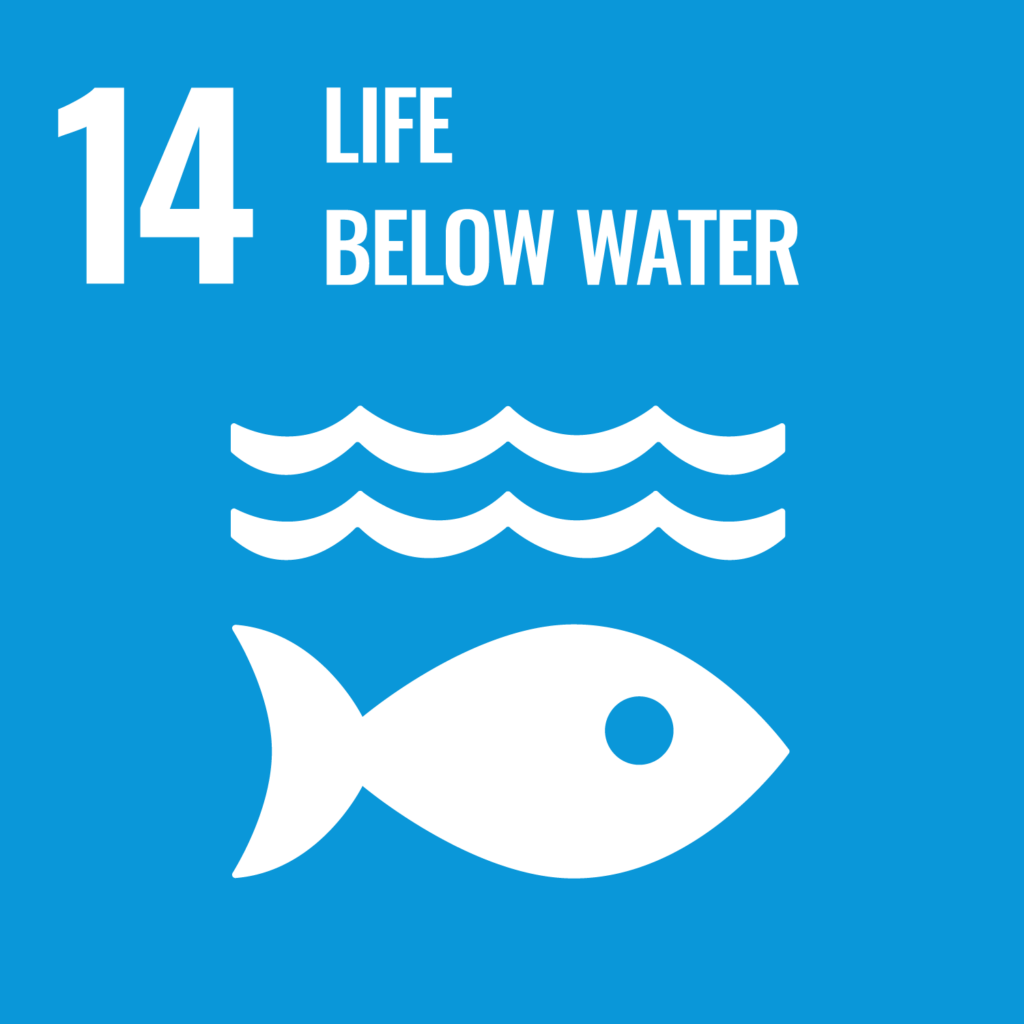
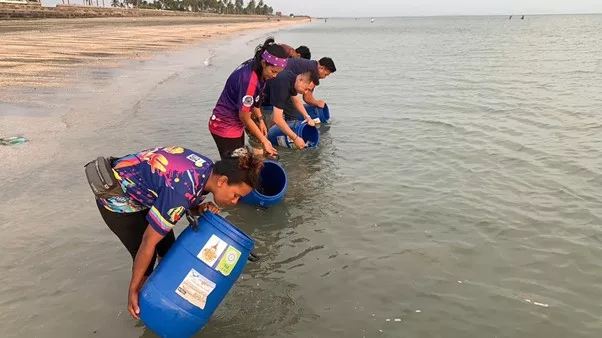
The blue swimming crab (Portunus pelagicus) is an economically important crustacean species in tropical ecosystems. In Thailand, blue swimming crabs are distributed throughout the country’s coastal areas. They are a popular food source and are in high demand in both domestic and international markets. The blue swimming crab fishery generates billions of baht in revenue for Thailand each year.
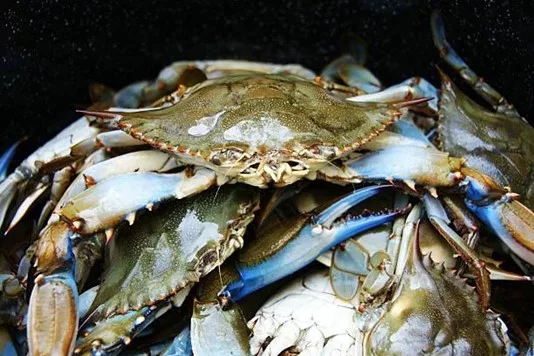
In response to the decline in blue swimming crab catches, Rajamangala University of Technology Srivijaya (RUTS) has established the “RUTS Crab Bank Project” as part of a national initiative to enhance the blue swimming crab population. The Crab Bank project is a community-based project to address social needs, build partnerships, and strengthen stakeholder participation. This project is financially supported by various organizations, including the National Research Council of Thailand, and the Ministry of Science and Technology. The project’s goal is to conserve and sustain blue swimming crab resources while also raising local fishermen’s awareness of the importance of participation in fisheries management.
The “RUTS Crab Bank Project” in Trang and Krabi provinces has been in progress since 2018. As of today, there are 77 crab banks and learning centers in 9 districts and 54 communities, including 64 crab banks and 13 learning centers. In Trang province, there are 4 districts: Sikao, Kantang, Palian, and Hat Samran. In Krabi province, there are 5 districts: Khlong Thom, Nuea Khlong, Ko Lanta, Mueang, and Ao Leuk.
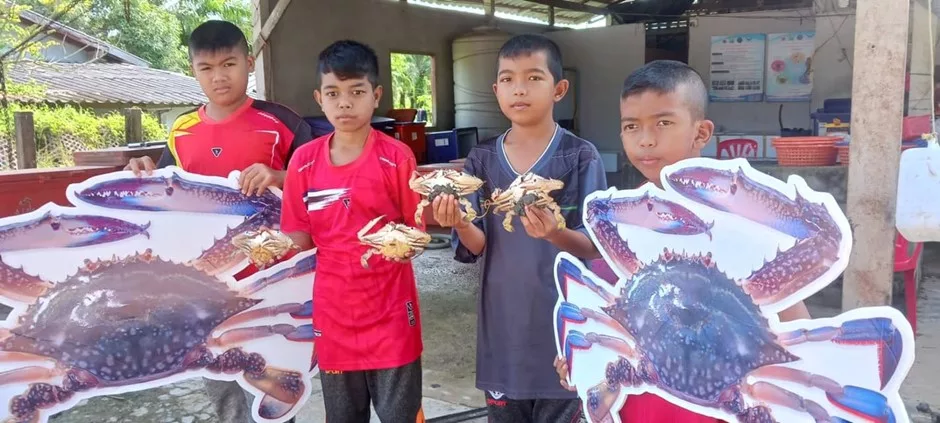
The key element of the project is the fishermen, who play vital roles as volunteers to maintain their fishery resources. The project activities involve the gravid female crabs that are captured by fishermen and reared in blue buckets until they spawn. Subsequently, to encourage crab recruitment, crab larvae are released into the coastal area, and the female crabs can then be sold.
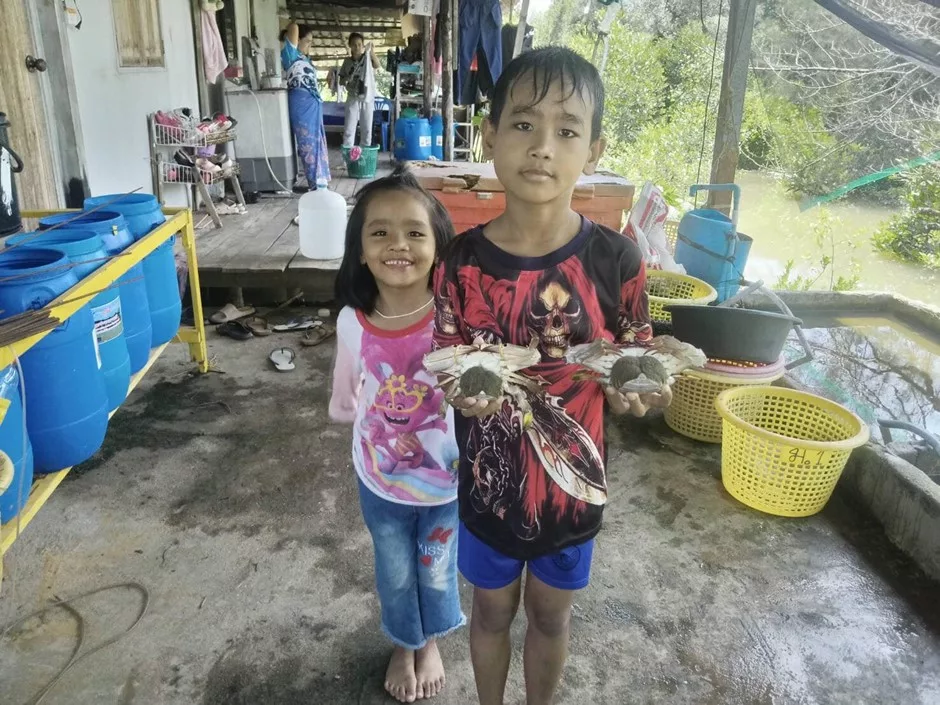
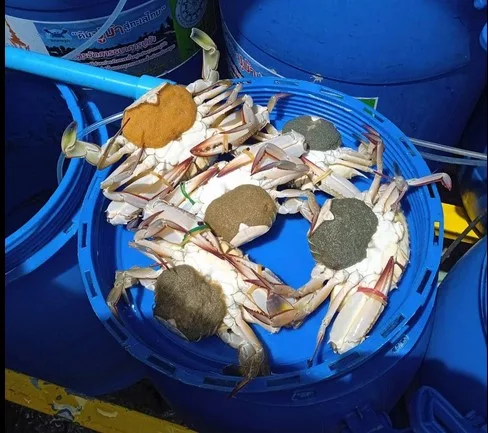


In fiscal year 2023, two new crab banks were established in Trang and Krabi provinces: Khlong Yuan in Nuea Khlong district, Krabi province, and Hat Yao in Kantang district, Trang province. The project also upgraded 77 crab banks and learning centers in Trang and Krabi provinces to learning centers, including installing educational materials and exhibits to promote sustainable crab banks. In addition, the project provided materials and equipment for community-based crab hatcheries, such as water systems, electrical systems, aeration systems, and hatching tanks. This equipment will help to ensure the sustainability of the project and the long-term health of blue swimming crab populations in the region.
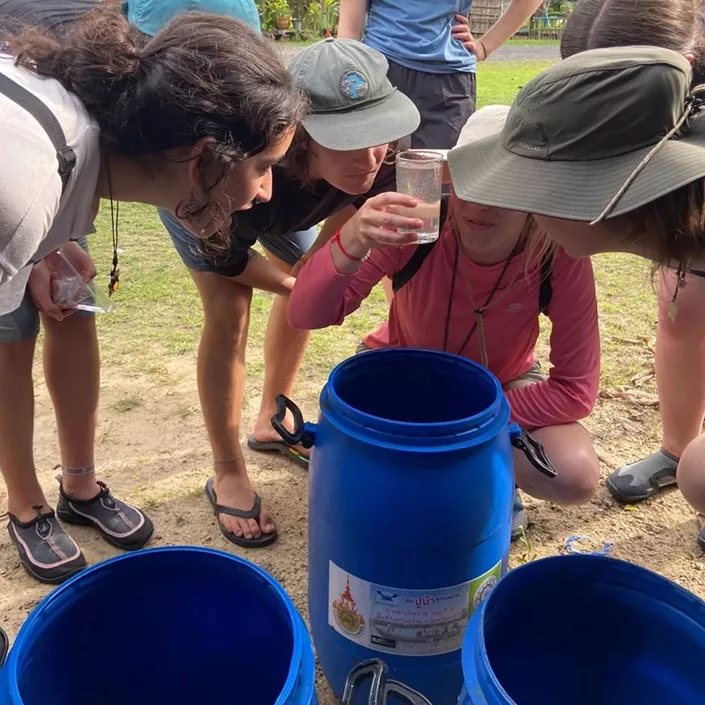

This project has several benefits. First, it helps to conserve and sustain blue swimming crab resources. Second, it raises local fishermen’s awareness of the importance of participation in fisheries management. Third, it provides fishermen with an additional source of income by allowing them to sell the female crabs after they have spawned.
Overall, the RUTS Crab Bank Project is a well-designed and implemented project that is making a positive contribution to the conservation and sustainable management of blue swimming crab resources in Thailand.
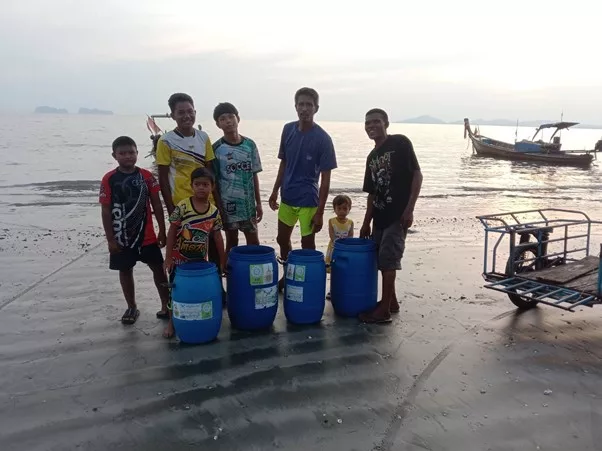
Related Links:
https://www.facebook.com/photo?fbid=595326292595866&set=pcb.595326339262528
https://mgronline.com/science/detail/9660000064068
https://www.komchadluek.net/quality-life/environment/553935
https://www.mcot.net/view/XXmx7pxf
https://www.facebook.com/photo?fbid=318749430837821&set=pcb.318757170837047

